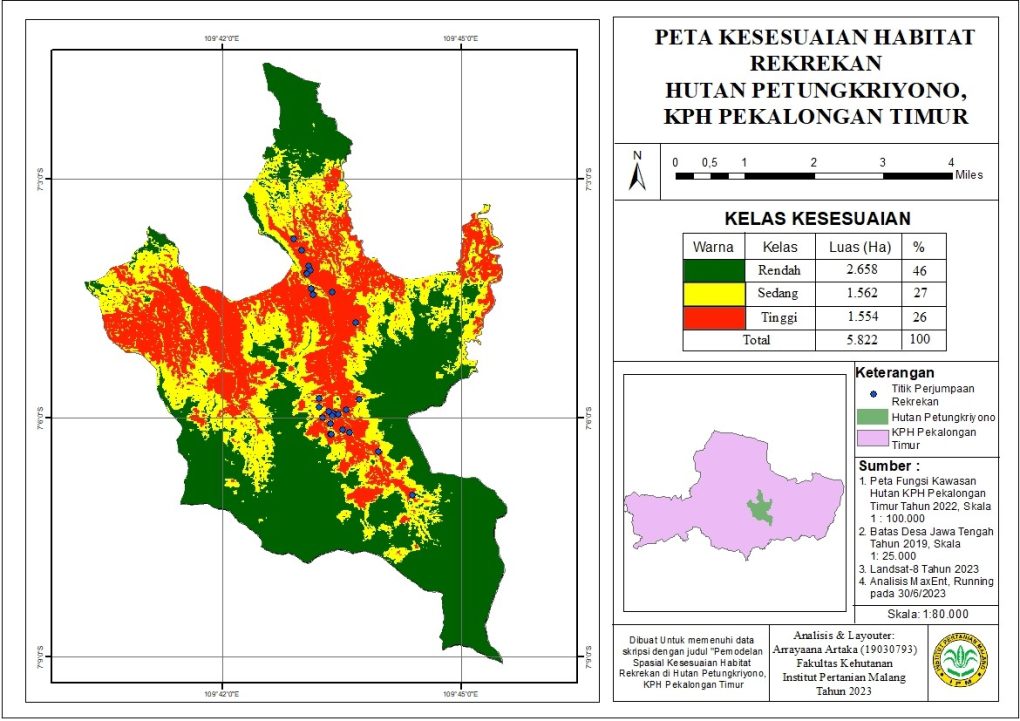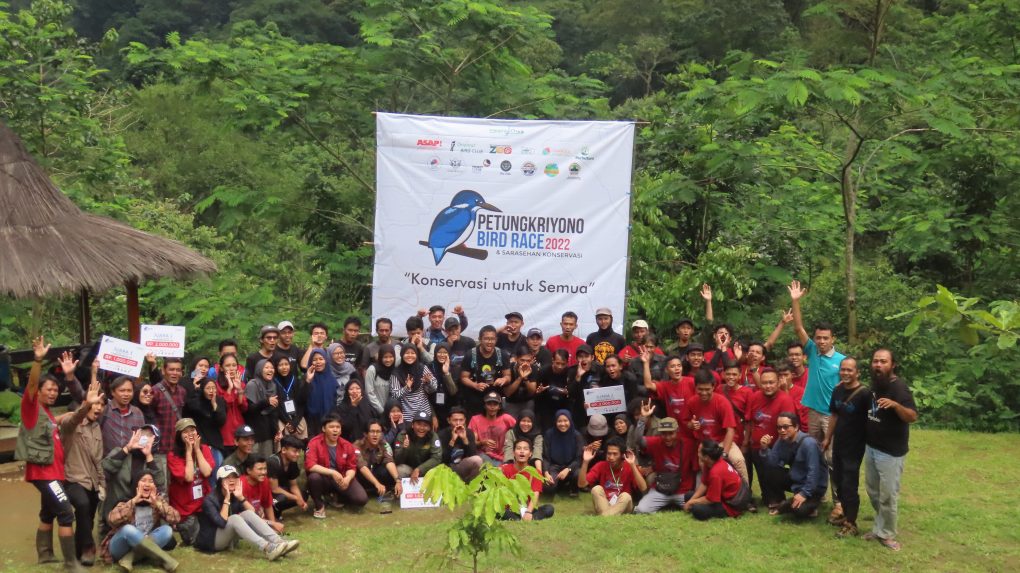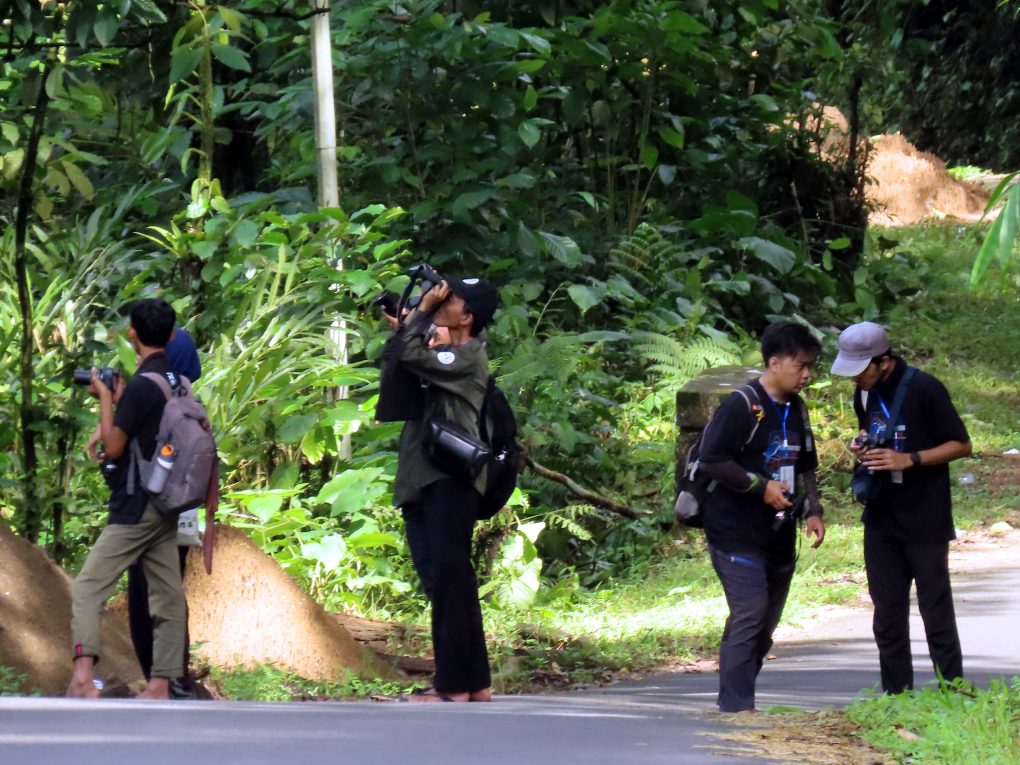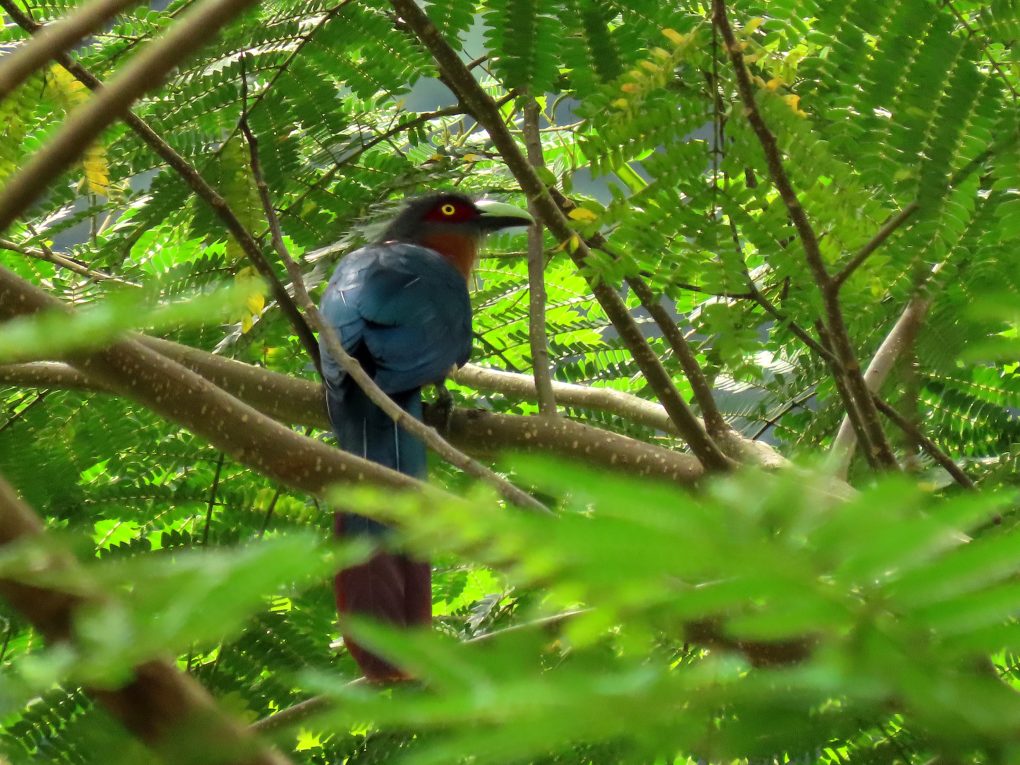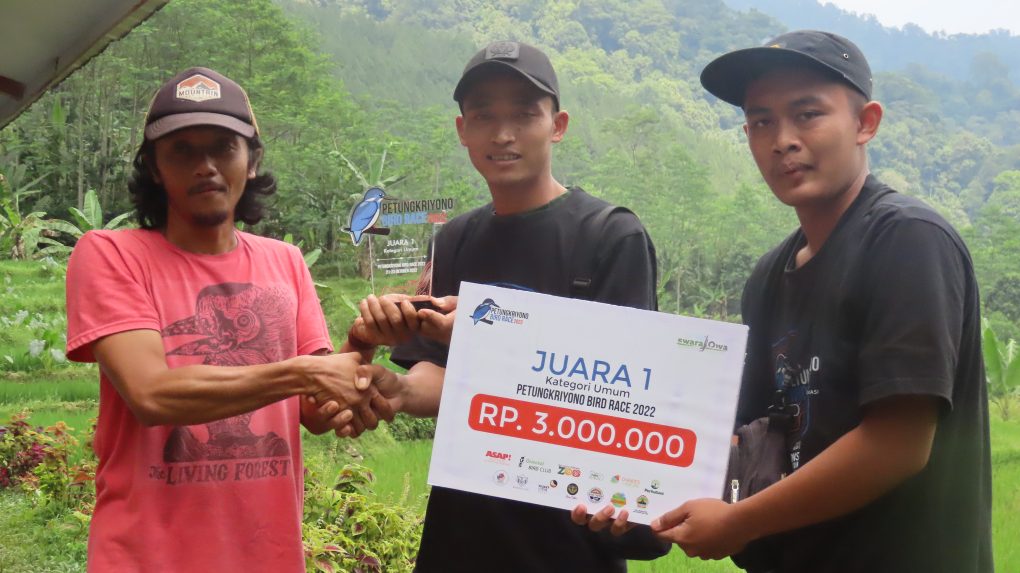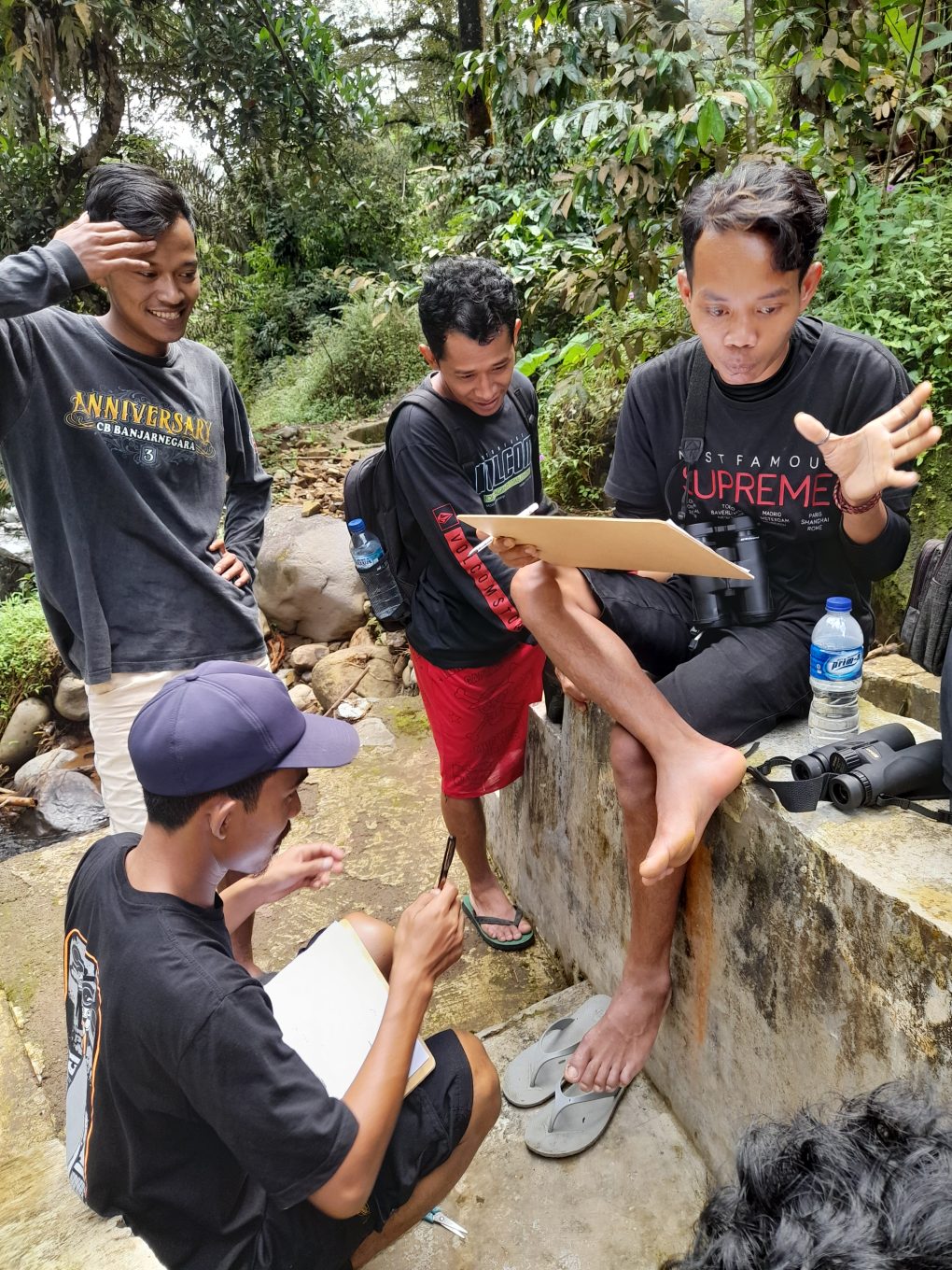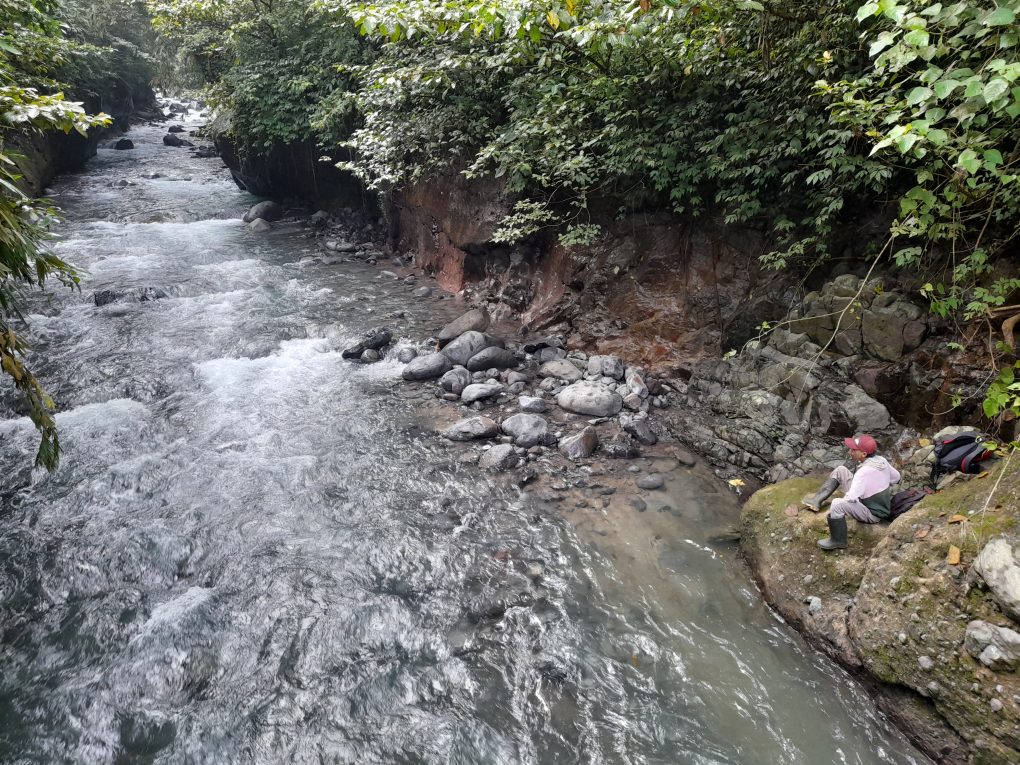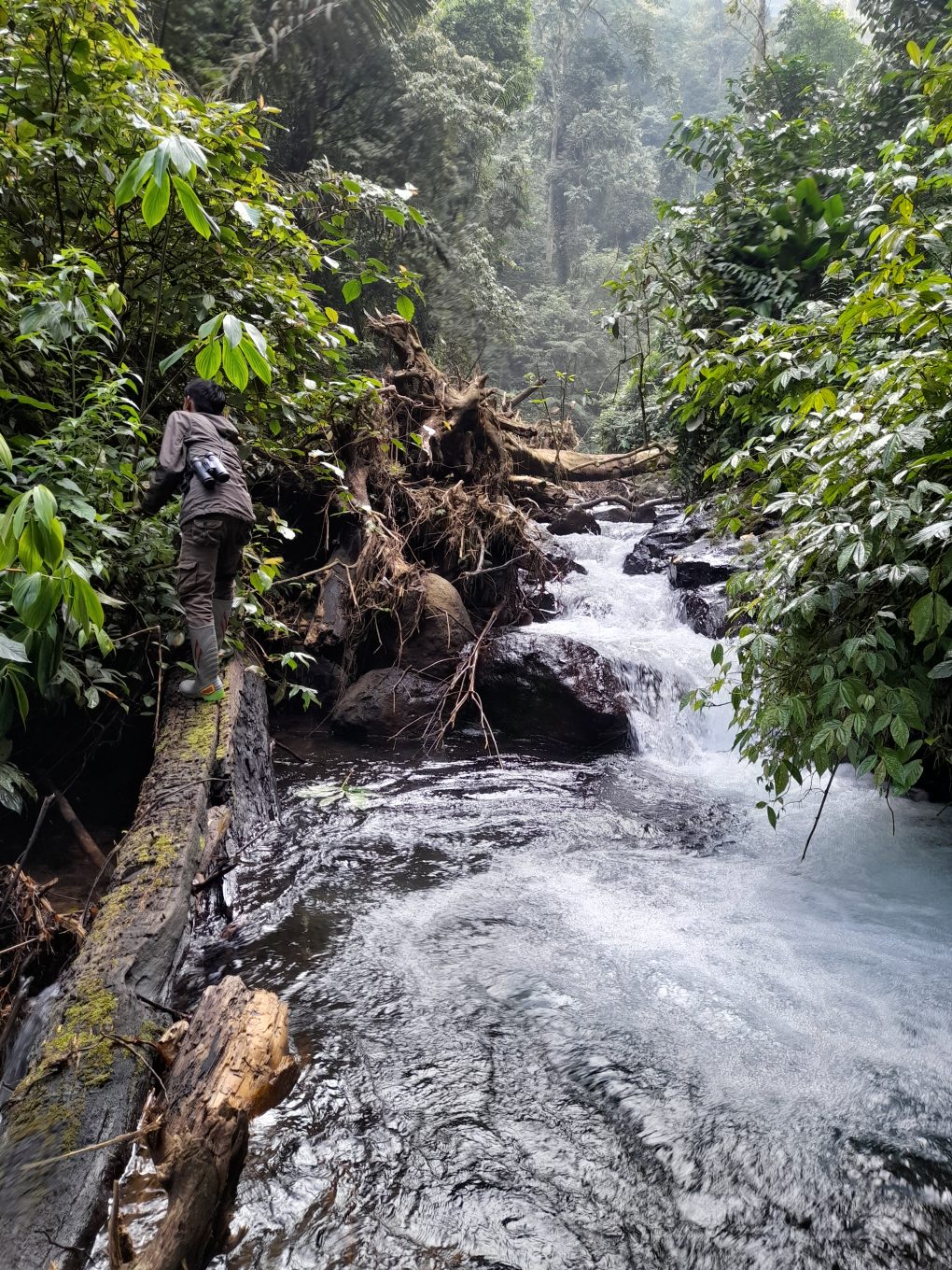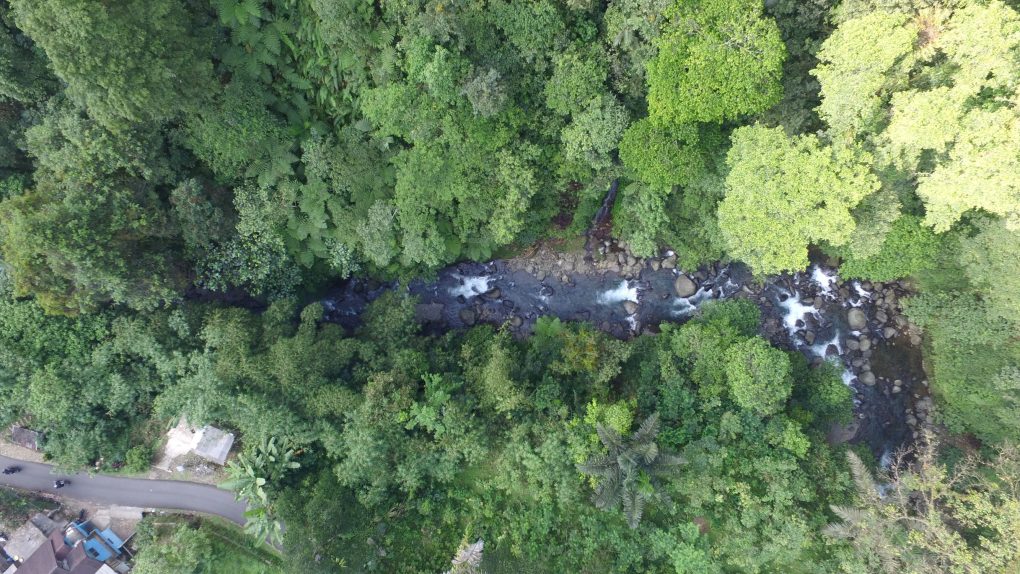by : Arrayaana Artaka
Hello world, I am Arra, a student from the Faculty of Forestry at the Malang Agricultural Institute, a small campus that many people may not know about. As a final year student, it is mandatory to complete a thesis. Luckily, I received a scholarship from SwaraOwa which was aimed at research with the title “Spatial Modeling of the Habitat Suitability of Rekrekan (Presbytis comata fredericae, Sody 1930) Using MaxEnt Analysis in the Petungkriyono Forest, KPH East Pekalongan”.
Rekrekan is the local name for leaf eating monkey Presbytis fredericae, monkeys belongs to colobine family, endemic to Java, their natural distribution range in the central to western part of Java, in West Java it is known as surili. So regarding my research, “Modeling” is the process of creating a model or simple representation of a complex object or system. Modeling is used to understand and predict how a system works, and can assist in the development of new systems or improvements to existing systems. In the context of habitat modeling or habitat suitability, modeling is used to map the distribution of wildlife habitats, in my research the endemic Rekrekan was the object of my research.
So the aim of this research is to determine the suitability of the Rekrekan’s habitat and the variables that influence the prediction of the presence in the Forest. In simpler terms, habitat modeling is a way to predict where animals live and how they use their environment. Scientists use habitat modeling to understand how different species interact with their environment and how they might respond to changes in their habitat.
Since the title come out, a new adventure in my life has begun. For someone who has difficulty communicating with new people like me, this is a big challenge, especially as I, who can be said to be spoiled, this time have to do it myself, starting from preparing and sending proposals to the relevant agencies, to going through various roads based on GoogleMaps guidelines, less more than 425 Km or 13 hours of travel on my Beat “Pokoloko” motorbike.
Long short story, my research was carried out for approximately 3 weeks, starting on April 8 2023, coinciding with the second week of fasting, then going home on April 15 2023 and returning again on May 7-20 2023. There are two types of data available, data on the presence of Rekrekan and environmental variable data . Data on the Rekrekan encounter was carried out by direct survey using the transect method to record the coordinates of each Rekrekan encounter. There are 8 routes used in this research, with each observation route 2 km long. Each group of Rekrekans that are encountered will be observed, then the time the Rekrekans were seen, the distance between the researcher and the Rekrekans, the coordinates of the encounter, the number of individuals and the type of habitat will be recorded.
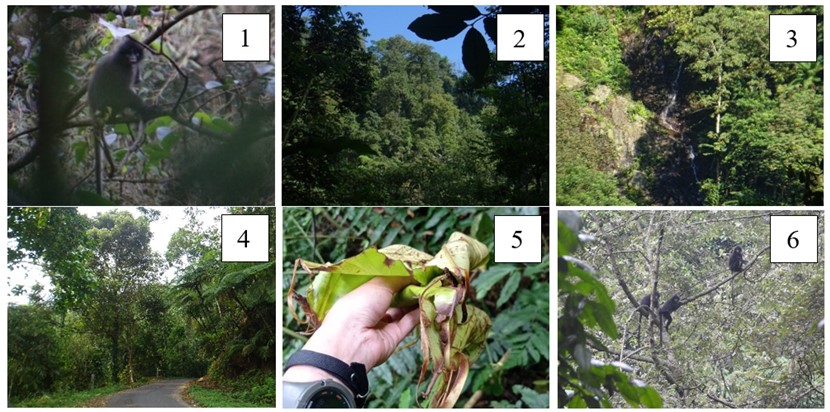
1) Rekrekan Encounter (2) Primary forest (3). Primary forest near the river (4) Primary forest near the road (5) Rerekan food scars, young leaves of Bendo (Artocarpus elasticus) (6) Resting activity on the Mbulu so tree (Ficus depressa)
Based on the results of observations, 25 distribution points were obtained for the Rekrekan group with a total number of 80 individuals. The number of individuals in the group ranged from 2 to 7 individuals, some even observed only 1 individual (alone). The encounters of the Rekrekan group were found to be spread across primary, secondary and plantation forest types. In secondary forests, Rekrekan is often seen on roadsides or plantation borders, while in plantation forests it is often seen in pine plantation forest, albizia garden and durian agro-forests. The largest number of Rekrek encounters were found along the road, there are 5 encounter points with a total of 17 encounters. This is because the path along the road is easily accessible to observers, and there are many trees that serve as food for Rekrekan.
The distribution pattern of Rekrekan is influenced by the availability of food sources, the need for water sources and disturbance factors. The Rekrekan is a Folivorous animal that tends to like leaves, so that during observations, the Rekrekan group was found in several types of vegetation which are its natural food, namely: African wood (Meisopsis eminii), Beunying (Ficus fistulosa), Saninten (Castanopsis tungeureut), Mbulu krandang ( Ficus drupacea), Klepu (Nauclea orientalis), Bendo (Artocarpus elasticus), Dao (Drakontomelon dao) Hantap (Sterculia oblongata) Kesowo (Engelhardia serrata) and Gorang (Trevesia sundaica).
Meanwhile, collecting and processing data on environmental variables is done by creating a map that represents the character of the Rekrekan habitat. The variables chosen are elevation, slope, vegetation and earth surface temperature. The information uses DEMNAS 64 bit with a resolution of 5-8 m, and Landsat-8 TM image data. These data were combined with Rekrekan encounter data which was analyzed using the arcGis application.
In this study, the suitability of the Rekrekan habitat was classified into three classes, high suitability, medium suitability and low suitability. According to the results of MaxEnt’s analysis, it was found that Rekrekan is spread across the Petungkriyono Forest. Based on the results of MaxEnt’s analysis, the suitability class of the Rekrekan habitat in Petungkriyono Forest, East Pekalongan KPH, covering an area of 2,658 ha (46%) is in the low category, covering an area of 1,562 ha (27%) is in the medium category and covering an area of 1,554 ha (26%) is in the high suitability category.
With this research, I hope that Rekrekan, in Petungkriyono Forest and its ecosystem will remain sustainable. This research also resulted in a delineation of areas deemed suitable for Rekrekan. With this delineation, it can be a consideration for managers to protect and secure the location, so that the management of the Rekrekan’s habitat can be carried out effectively and efficiently. The existence of delineation can also help the Petungkriyono Forest area managers in conducting surveys and monitoring of Rekrekan so that the number of wild populations can be known well as well as efforts to increase the population.
Finally, I would like to thank SwaraOwa for support during my field works research. May all living creatures be happy on their own crazy adventures. To read the complete results of my research, you can download them here.
Salam lestari !
translated from original article in bahasa https://swaraowa.blogspot.com/2023/12/rekrekan-di-hutan-petungkriyono.html

